Search

Spring and Winter Camelina in South Dakota
In the semi-arid, western portion of South Dakota, camelina has potential value as a fall-seeded cover crop, providing flexibility in crop rotations for improving soil health.

Baby-Led Weaning: An Overview
You may hear parents or some healthcare providers talking about baby-led weaning, but what is it?

Air Fryer 101
Air fryers are a popular household appliance. Learn the basics of selecting an air fryer that meets your needs along with some simple recipes and cooking tips!
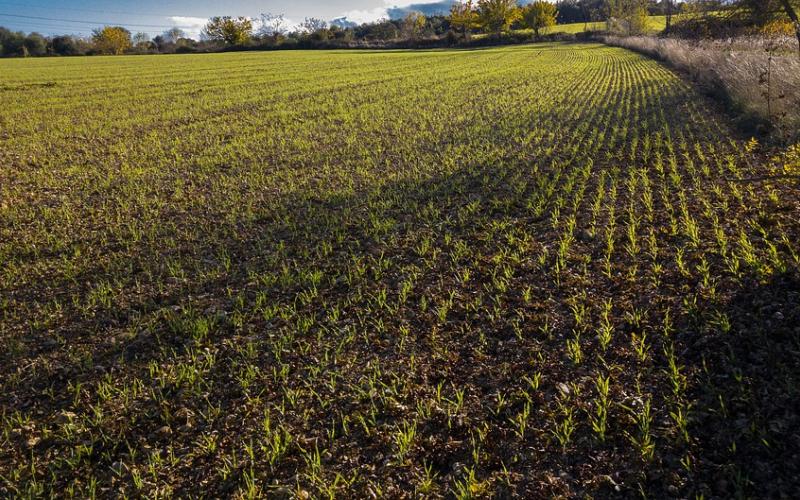
Winter Wheat Planting Date Is Important
A five year study conducted in southwestern South Dakota evaluating seven winter wheat varieties over four planting dates from September 15 to November 1 showed that delayed planting decreases yields. The results determined that planting mid September to the first of October consistently had the highest grain yield over the duration of the experiment.
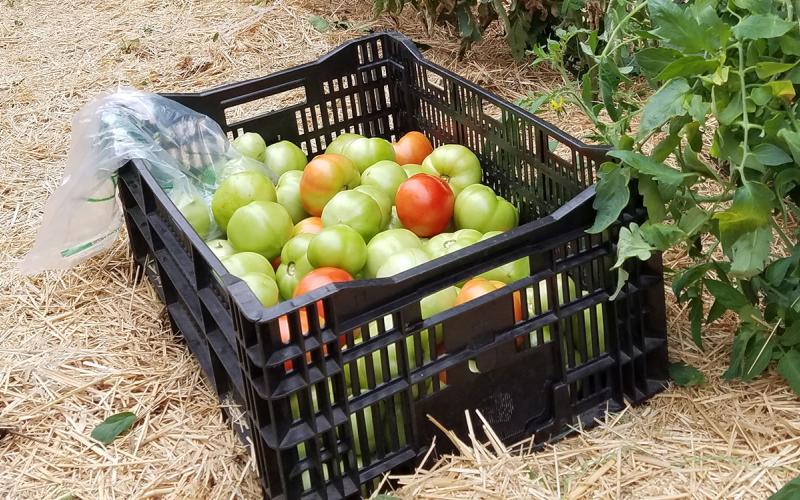
How to Handle Those Green Tomatoes
With cooler temperatures and decreased daylength, gardeners may have an abundance of green, unripened tomatoes this fall. Learn some delicious ways to use them in the kitchen along with some expert tips for ripening them!

Common Flowering Plants (Forbs) of South Dakota
This guide focuses on forbs, or flowering “broad-leaved” herbaceous plants, but forbs can be narrow-leaved as well.
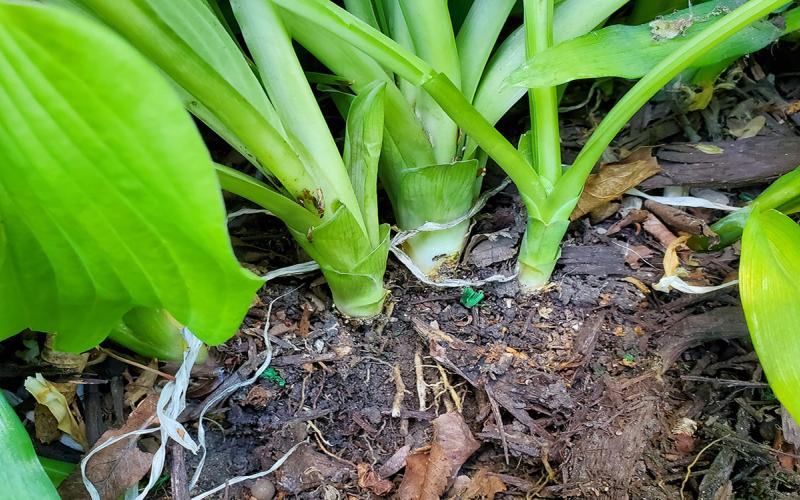
Dividing Perennials in the Fall
Dividing overcrowded perennial plants in your landscape can help ensure a long and healthy plant life. Learn which plants benefit from fall division and view a step-by-step guide for getting started!
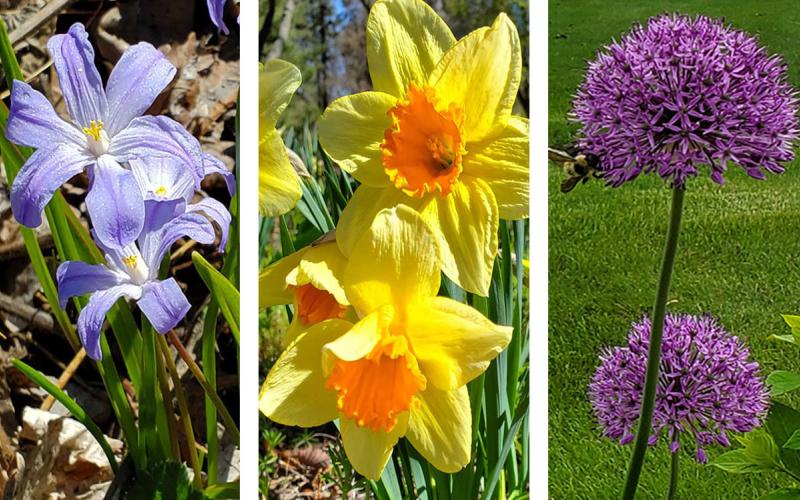
Bulbs to Plant in the Fall
Fall is the time to plant cold-hardy bulbs in South Dakota gardens. This will ensure that your landscape will have a variety of color, size, and bloom types the following season.

What’s good about getting older?
Curious about the positive changes that come with getting older? Learn about some key mental and emotional changes that can occur in older adults, and the benefits that come with these changes!
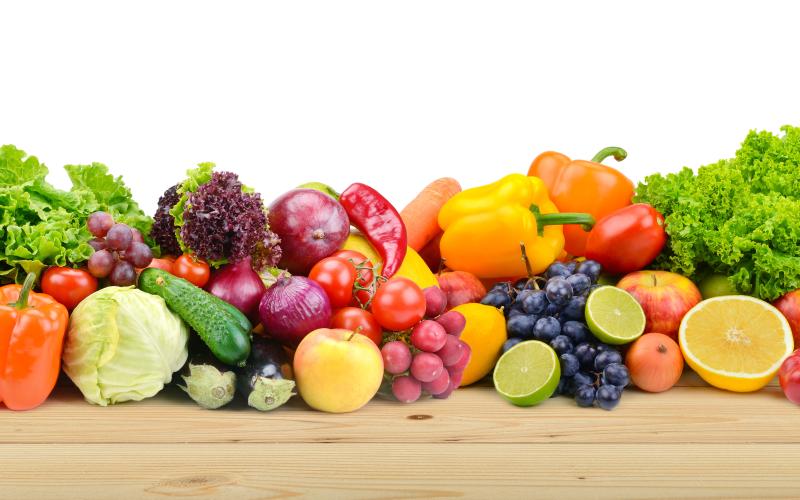
Eat What You Grow
Youth will learn the different parts of plants that we eat, and how to use drying and freezing techniques to preserve foods for later use.